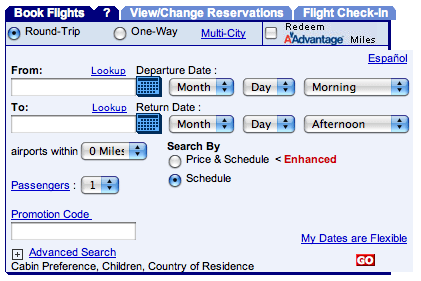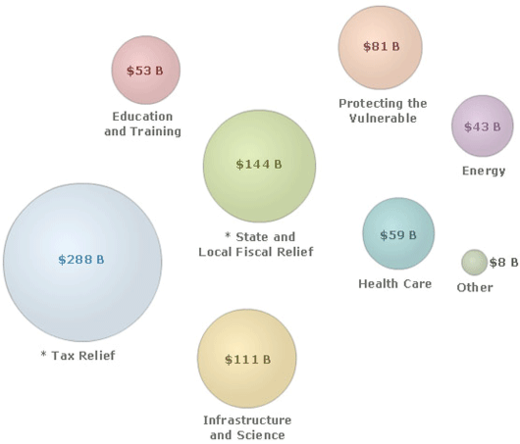The software and web industry can learn a lot from the lumber industry, the oil business, and corn and soybean farmers. They take waste and turn it into hefty profits.
The lumber industry sells what used to be waste — sawdust, chips, and shredded wood — for a pretty profit. Today you’ll find these by-products in synthetic fireplace logs, concrete, ice strengtheners, mulch, particle board, fuel, livestock and pet bedding, winter road traction, weed killing and more.
Ultra refined petroleum finds its way into plastics, cosmetics, food, rubber, synthetic fiber, insecticides, fertilizers, heart valves, toothpaste, detergents, waxes… The list goes on.
Corn and soybeans are refined and processed into just about anything these days. By noon you’ve probably consumed a few pounds of corn energy without even knowing it. It’s hidden in your food in the form of HFCS, xanthin gum, dextrin, maltodextrin, MSG, or ethanol in your gas tank.
By-products
Everything listed above is a by-product. Lumber was originally cut for boards for building. Oil was originally drilled for fuel. Corn and soybeans were originally farmed for food. But today these industries have figured out how to use the waste to make even more products. They’re squeezing, pressurizing, refining, heating, cooling, and otherwise processing leftovers into money.
We’re lucky and not so lucky
In some ways, we’re lucky to be software people. We have easy jobs. We think, we type, we move the mouse around. We make stuff by putting pixels in the right place and words in the right order. Yeah, that’s pretty much what we do.
But that also makes it tough to spot our by-products. A lumber company sees their waste. They can’t ignore their sawdust. But we don’t see ours. Or we don’t even think that software development produces any by-products. That’s myopic.
When you make something you make something else
When you make something you make something else. Just like they say you can not not communicate, you can not not make something else. Everything has a by-product. Observant and creative entrepreneurs spot these by-products and see opportunities.
Continued…



